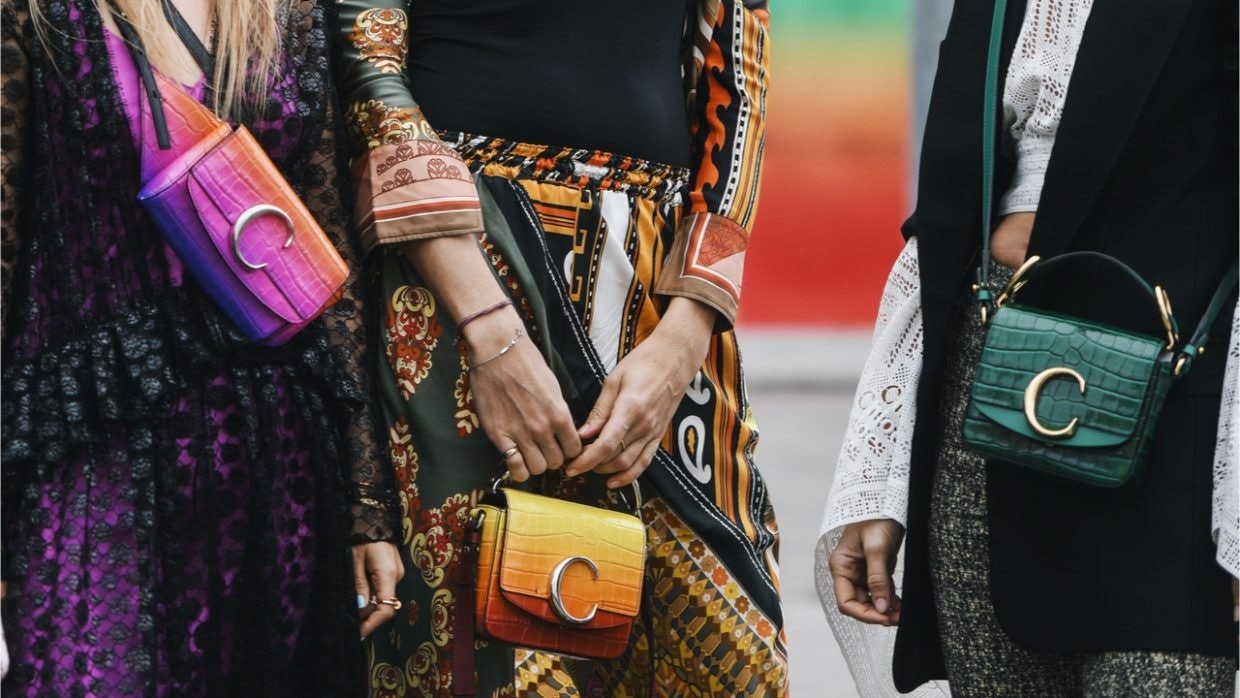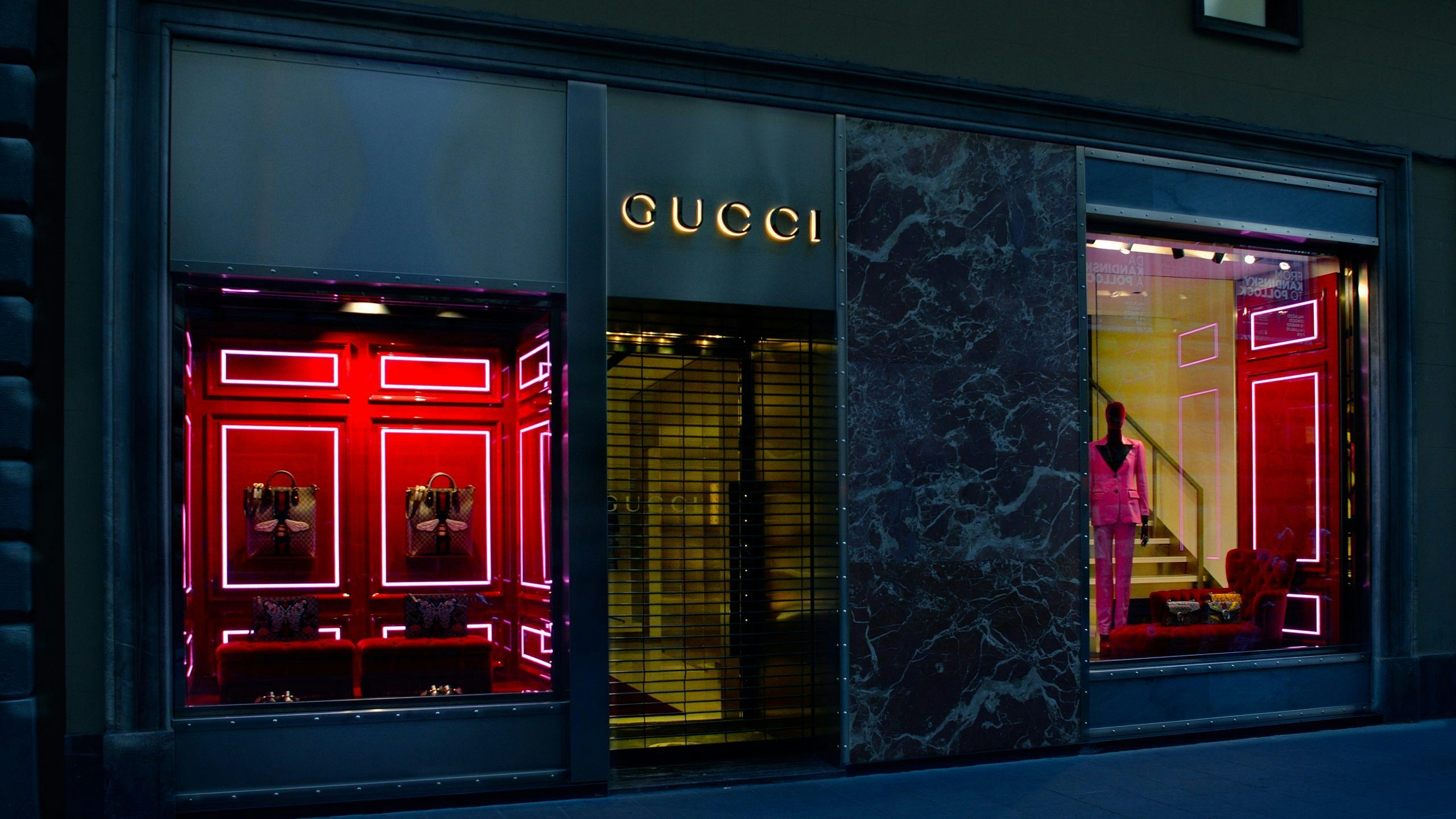In recent weeks, we saw practically all luxury brands posting negative numbers. Some brands lost a staggering 80 percent or more during the first quarter. I spoke with the CEO of a high fashion luxury brand that’s been in the market for 30 years, and their company won’t survive the year without a drastic change to their business model. That’s 30 years of brand equity erased in a few months! A luxury food retailer that usually has high-yield airport sales saw its revenues plummet by more than 95 percent. This brand may not survive through the summer. Even some of the world’s top-10 luxury fashion brands have started silently firing staff. But many of those drastic results could’ve been avoided if brands had made more decisive actions in the past.
Brands’ nervousness is being reflected in their pricing measures. Some leading brands have started increasing their prices — between 10 and 20 percent — an unprecedented move meant to offset some of their volume losses and improve profitability. No one knows how consumers will react to this since many are worrying about their futures. Some brands could be fine, though. I’ve written many times how some of the most expensive luxury brands are priced too low, according to results from our pricing tool. However, a price increase will only be successful if it doesn’t exceed the perceived value proposition of a brand (in other words, if consumers don’t feel ripped off or that they are being taken advantage of).
Our research indicates that corporate responsibility is one of the trending sentiment changes during this crisis, and consumers now expect companies to do good. In fact, they may react sensitively if they don’t feel brands are acting responsibly.
Meanwhile, other luxury brands have overreacted in the opposite direction by starting to promote their products as if they were mass-market brands — and there seems to be no price bottom, with discounts sometimes as high as 50 percent. Robust research shows how discounting luxury brands is one of the biggest destroyers of brand equity. I like to compare it to a nuclear bomb. It will work in the short-term, but the fall out will be disastrous.
Destruction of brand equity through price reductions or price wars is some of the most underestimated threats to a luxury brand. “We are sitting on a ton of inventory, and we need to move it out,” is one of the most frequent comments that I hear. This week in Monaco, for example, lines of consumers were spotted in front of some discounted luxury stores after lockdowns were loosened. The dilemma? Many of these customers may never return because they focus on discounted or entry-level items.
But loyal customers are quickly alienated by these sales because they see that they overpaid for the brand before its price reductions. You can expect their relationship with these brands to end. A short-term inventory fix will come at a massive expense, and this loss of brand equity — especially in luxury — always impacts long-term brand-perception, desirability, profitability, and competitiveness. In other words, while brands may solve a small part of the inventory problem, they lose their appeal and become obsolete.
This illustrates the primary dilemma brand managers have: how to balance short-term priorities against long-term ones. One brand we audited tried to reduce prices for its entry-level items. The brand didn't have an inventory problem, but it thought it could stimulate demand through cheaper items. But the reduced-price items didn’t drive additional sales, and the brand's overall profitability plummeted. The highest-priced items remained top sellers, but at a lesser amount. The temporary price reduction only led to a profit reduction, and there was no measurable positive impact from it. Yet, the revenge spending seen in China after the outbreak ended indicates that there is a consumer appetite for high-value luxury items. Overreactions, in either direction, is an ill-advised move.
What should brands do instead? After my discussions with luxury managers, there seems to be one consensus. This current crisis is only an accelerator of deeper brand issues that have been around for years.
Luxury consumers and their preferences are changing rapidly, and most brands are not prepared. Once-proud retailers like Neiman Marcus have had to file for bankruptcy, but their issues ran much deeper than the COVID-19 crisis. They included significant deficits in the brand service experience and a lack of digital value creation. In other words: The brand became irrelevant to young luxury consumers. According to the New York Times, this was partly driven by a massive debt of almost 5 billion, as the retailer had owed hundreds of millions of dollars in interest and fees. Earnings were cashed out instead of going towards future investments. Like many other companies, Neiman Marcus became inward-focused and forgot to create extreme value for its customers. These issues were apparent for years but hadn’t been addressed. The virus was only a catalyst, not the cause.
Let this example be a warning for managers who are evaluating their options and paths forward. Brands must be brutally honest about their communication gaps and competitive disadvantages — not only for the present but also for the future. Too few brands are conducting rigorous brand audits at this critical moment, and I often hear they have other priorities instead. Yet, what could be more important than finding clarity about your brand’s strengths and weaknesses and creating a decisive plan of action?
One buzzword that everyone uses now is “digitization.” Nearly every brand is talking about how they’re becoming more digital these days. The catch? Talking about becoming more digital doesn’t solve any problems if it doesn’t lead to a competitive advantage. Just catching up by adding e-commerce, hiring influencers, or investing more money in social media will make brands feel like they reduced the gaps. But since their competitors, especially the digitally-native ones, are also spending in these ways, the gap may widen. That’s because luxury brands often invest, then feel good about it, and then collapse. Self-deception and overconfidence are a path to failure.
Because of this, the luxury industry won’t ever be the same. Consumer expectations have dramatically shifted over the past three years. Most brands still struggle with being relevant to millennials, nevermind Gen Zers. They run like hamsters on the wheel, confusing activity with progress while losing valuable time and significant money they need to prepare for the future.
What many brands forget is that the entire decision journey now is digital. Even if consumers make their final purchase in a store, the journey almost always starts online. If your competitors can intercept your customers digitally, they’ll buy from them instead of you. It’s that simple. Do you know how your competitors are addressing your customers? Are you tracking your competition’s digital activities in real-time, particularly how that activity influences your customers? If the answer is no, or even if you aren’t sure, you should be concerned.
For a recent retail project, the flagship store traffic dried up because the competition — a leading fashion brand — quickly became its biggest influencer. It happened in plain sight. But, since the brand lacked advanced AI analytics tools, it never got a warning. With technology, we could’ve identified the issue within a few hours and reversed this trend by addressing the proper gaps. A promotion, a price decrease, redecoration of the store, or any other measure that didn’t account for that competitive activity wouldn’t have yielded any results.
Each brand has a different starting position and is in a different situation. That’s why a “one size fits all” approach won’t work. There is no alternative to a thorough and detailed brand assessment that includes brand equity, customer journey, digital capabilities, and competitive benchmarking. Brands can’t simply guess at this, and they can’t delay if they want to become industry leaders once the pandemic ends. Now is the time to reflect on how changes in luxury will impact your brand. Now is the time to act.
Daniel Langer is CEO of the luxury, lifestyle and consumer brand strategy firm Équité, and the professor of luxury strategy and extreme value creation at Pepperdine University in Malibu, California. He consults some of the leading luxury brands in the world, is the author of several luxury management books, a global keynote speaker, and holds luxury masterclasses in Europe, the USA, and Asia. Follow @drlanger


